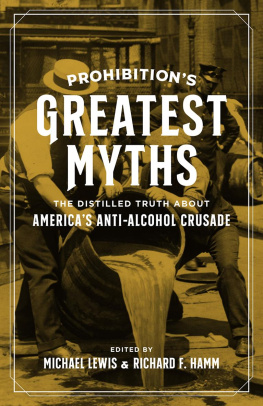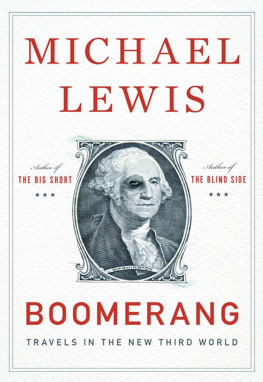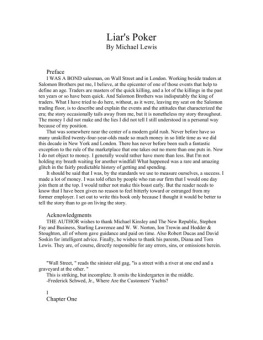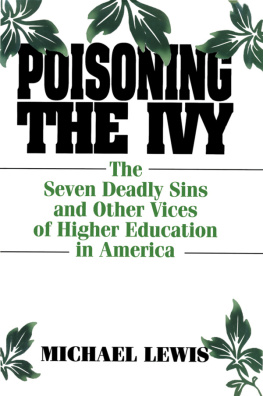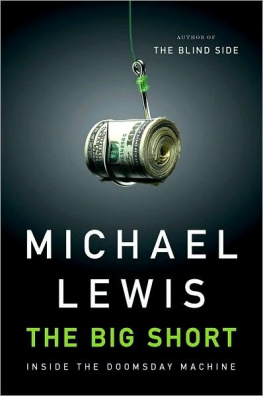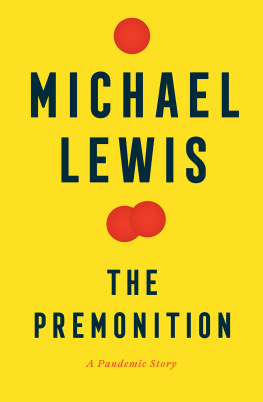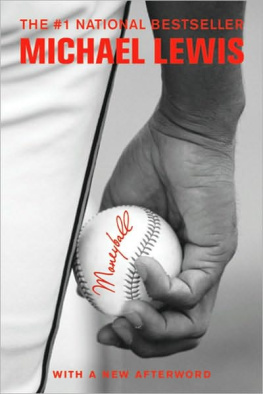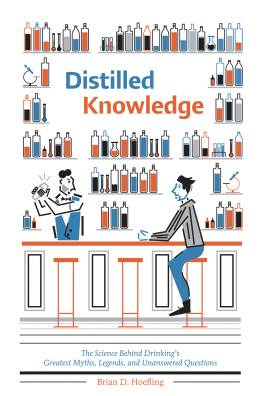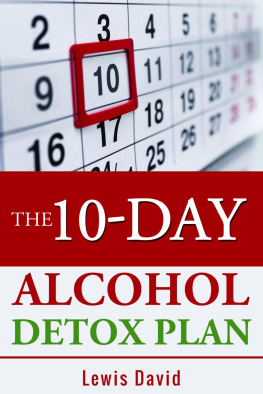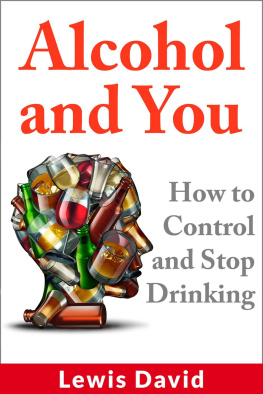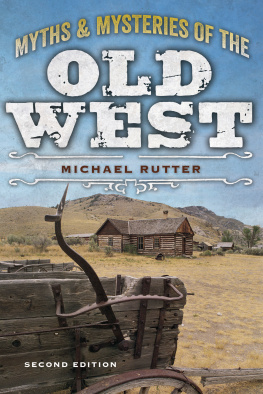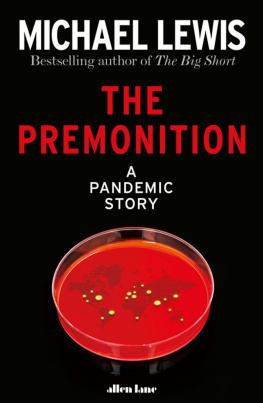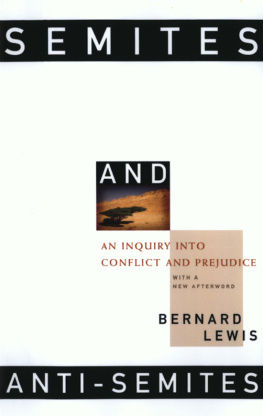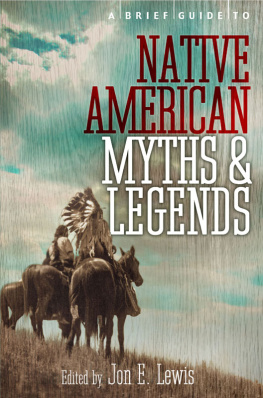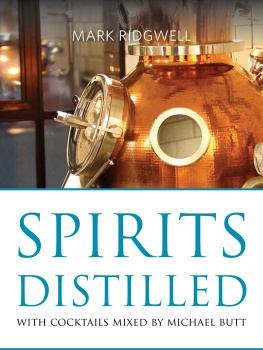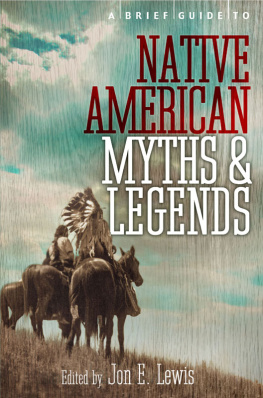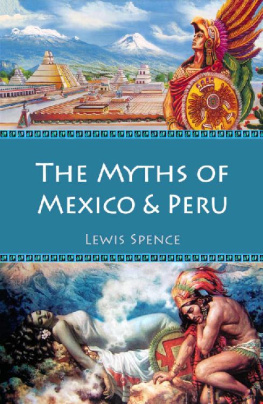PROHIBITIONS
GREATEST
MYTHS
PROHIBITIONS
GREATEST
MYTHS
THE DISTILLED TRUTH ABOUT
AMERICAS ANTI-ALCOHOL CRUSADE
EDITED BY
MICHAEL LEWIS & RICHARD F. HAMM
LOUISIANA STATE UNIVERSITY PRESS BATON ROUGE
Published by Louisiana State University Press
Copyright 2020 by Louisiana State University Press
All rights reserved
Manufactured in the United States of America
First printing
Designer: Barbara Neely Bourgoyne
Typeface: Sentinel
Printer and binder: Sheridan Books
Photo opposite title page: Agents pouring whiskey into a storm drain, 1921. Courtesy Library of Congress.
Library of Congress Cataloging-in-Publication Data
Names: Lewis, Michael, 1965 editor. | Hamm, Richard F., editor.
Title: Prohibitions greatest myths : the distilled truth about Americas anti-alcohol crusade / edited by Michael Lewis and Richard F. Hamm.
Description: Baton Rouge : Louisiana State University Press, 2020. | Includes index.
Identifiers: LCCN 2019036188 (print) | LCCN 2019036189 (ebook) | ISBN 978-0-8071-7038-0 (cloth) | ISBN 978-0-8071-7302-2 (pdf) | ISBN 978-0-8071-7303-9 (epub)
Subjects: LCSH: ProhibitionUnited StatesHistory20th century.
Classification: LCC HV5089 .P87 2020 (print) | LCC HV5089 (ebook) | DDC 364.1/73097309042dc23
LC record available at https://lccn.loc.gov/2019036188
LC ebook record available at https://lccn.loc.gov/2019036189
The paper in this book meets the guidelines for permanence and durability of the Committee on Production Guidelines for Book Longevity of the Council on Library Resources.

CONTENTS
H. PAUL THOMPSON JR.
JOE L. COKER
LISA M. F. ANDERSEN
ANN-MARIE E. SZYMANSKI
MICHAEL LEWIS
RICHARD F. HAMM
THOMAS R. PEGRAM
MARK LAWRENCE SCHRAD
GARRETT PECK
BOB L. BEACH
PREFACE
This volume began at a conference in the Netherlands when a few prohibition scholars were collectively bemoaning the gap between what historians know about prohibition and what much of the public believes about it. Noting that the one hundredth anniversary of federal prohibition was only a couple of years away, these scholars decided to use the occasion to put together a short volume addressing some of the most consistently misunderstood aspects of the prohibition era. Our initial goal was to make sure that readers had the story right; nothing bothers an expert more than others not fully understanding what it is they know.
As the contributors to the volume were finishing their essays, potent signs about how disruptive alcohol is in our society gave this topic renewed urgency. In a public hearing before a vast audience connected to the scene electronically, a US senator and a nominee for the US Supreme Court questioned each other about whether they drank to the point of memory loss or blackout. Just a week earlier, the World Health Organization had released a massive report on the ill effects of alcohol. It declared that more than 3 million people died because of harmful use of alcohol in 2016. Further, the WHO concluded, alcohol caused more than 5% of the global disease burden. Yet, in response to the manifest problems caused by alcohol today, there is no movement seeking to ban alcohol in the United States or throughout much of the world.
One reason for the lack of such a movement today is that prohibition, especially the American experience of national prohibition, is widely perceived to have been a colossal failure. Without a doubt, the nationwide effort to ban alcohol in the United States failed, but much of what occurred during the prohibition era has been obscured and hidden by myths. The authors of this volume seek to lift the veils of myths both to allow a fuller understanding of the past and to guide the public and policymakers regarding other controversial and potentially dangerous commodities. It is hoped that separating myth from reality about prohibition will enable our society to better cope with these commodities as well as with alcohol.
Like shot glasses on a bar, these essays can be imbibed in whatever order (and at whatever speed) readers find most enjoyable.
PROHIBITIONS
GREATEST
MYTHS
MYTH 1
TEMPERANCE ADVOCATES AND PROHIBITIONISTS SHARED THE SAME GOALS AND TACTICS
H . PAUL THOMPSON JR.
I t seems as if every time I tell people that I research the temperance movement they make some comment about Al Capone, Carrie Nation, or the Womans Christian Temperance Union. I usually respond by saying, No, I study the nineteenth-century temperance movement. My response elicits blank stares. Apparently, the nineteenth-century antebellum-reform, or Benevolent Empire section, of everyones US history textbook leaves little to no impression on students. Popular memory about the temperance movement seems to begin somewhere around 1900 and moves quickly to the drama of national prohibition in the 1920s. Popular books and media attract our attention with titillating stories of rum running, organized crime, corrupt law-enforcement officers, and alcohol-related violence. Popular documentaries like Ken Burnss Prohibition and books like the recent Last Call: The Rise and Fall of Prohibition often omit the less colorful parts of the century-long movement or fail to capture its nuances and complexities, perpetuating an overly simplified, one-dimensional image of the movement. This image often leaves one bewildered, at best, about how Americans could ever have banned such a historically ubiquitous and culturally normative article of trade and consumption as alcoholic beverages.
Popular culture has made it easy to buy into the myth that temperance reformers and prohibitionists were one and the same. While it is true that the rhetoric of early twentieth-century prohibitionists often conflated the two, it is also true that many temperance reformers rejected the goals and tactics of prohibitionists. Temperance was a large, multifaceted movement, and as such, temperance reformer was an umbrella term for a wide range of reformers working to limit or ban the consumption of alcoholic beverages. One subset of this group was prohibitionists, who, directed and coordinated by the Anti-Saloon League of America (ASL), guided from start to finish the passage of the Eighteenth Amendment and the Volstead Act, thereby creating national prohibition. Temperance began as an idea in the 1780s, and over the years it encompassed a variety of goals, rationales, and strategies, not to mention successive generations of leaders, rank-and-file reformers, and organizational structures. The movement evolved throughout the nineteenth century as activists continually debated their rationales, goals, and tactics. Temperance reformers were as divided among themselvessometimes vehementlyas other reformers often were. Temperance played a critical role in advancing womens rights and was implicated in a range of class, ethnic, religious, scientific, and political discourses. It was also a prominent theme in literature, entertainment, and popular culture.
The temperance movement was quintessentially American if for no other reasons than that it remained a work in progress for so many years, and because its adherents maintained a running debate about their goals and how best to achieve them. Prior to the beginning of national prohibition in January 1920, the rise of the ASL in the 1890s represented the single most profound watershed moment in the movements history. The ASL initiated and led the national campaign for the Eighteenth Amendment, and the dominance and success of its rhetoric and tactics represented such a significant break from longstanding temperance practices that it is more accurate to think of the 1890s as the end of the temperance movement and the beginning of the prohibition movement.



